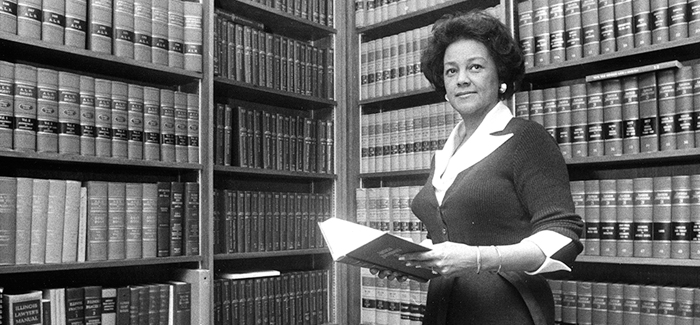Art platform Kinfolk recently announced the launch of a new exhibit that uses artificial intelligence to celebrate Black history in New York City.
As part of the location-based exhibit, attendees need to use the Kinfolk app to view the public art. When they select the location in New York City, they’ll be guided to that monument location.
Once they’re nearby, the app sends an alert that the space is close and has users point their devices to that spot to see the digital monument.
The art exhibit is part of the platform’s overall mission to achieve historical justice by highlighting the stories of Black historical figures through AI.
“I want people to understand the spaces that we’re walking around. Understand that the government and institutions are not prioritizing the lives and impact of Black, brown, and queer people on the spaces that we walk through,” said co-founder of Kinfolk, Idris Brewster, per Essence. “Kinfolk is an initiative and an organization that’s committed to reimagining these spaces and prioritizing Black, Brown, and queer communities within them.”
Created by New York artists Tourmaline, Pamela Council, Hank Willis Thomas and Derrick Adams, this latest exhibit is part of a series known as “The Signature Series.”
The exhibits in the Kinfolk app have told the stories of multiple pioneers such as Zora Neale Hurston. As one of the most critically acclaimed writers of all time, Hurston was a prominent part of The Harlem Renaissance, a movement that made Harlem the primary destination for the flourishing of the arts for Black Americans.
Through writings such as “Sweat” and “Their Eyes Were Watching God,” Hurston chronicled contemporary issues and the overall experiences of the Black American community.
The latest exhibit to join the series features a homage to Mary Jones. Jones is considered to be one of the first known American transgender women. Through Tourmaline’s “Alien Superstar” monument, attendees can celebrate her life in SoHo where she worked and lived in the 1800s.
The series also commemorates the work of Alma and Victor Hugo Green. The couple created the first editions of what is known as The Green Book. Published in 1936 for the first time, The Green Book was a travel guide that helped Black Americans travel during a time when the U.S. was segregated.
Alma’s contributions have historically been ignored; she was only given official recognition in 1959 before Victor’s passing when she was recognized as the editor.
“Monuments stand as silent storytellers, each one whispering tales of our shared past, serving as a reflection of what we as a society have chosen to value and remember,” said Brewster per a social media post. “Since the monuments erected in the United States have so far and as a whole greatly overlooked the role and significance of Black and Brown lives, Kinfolk has set out to correct the record using for the time being augmented reality.”








